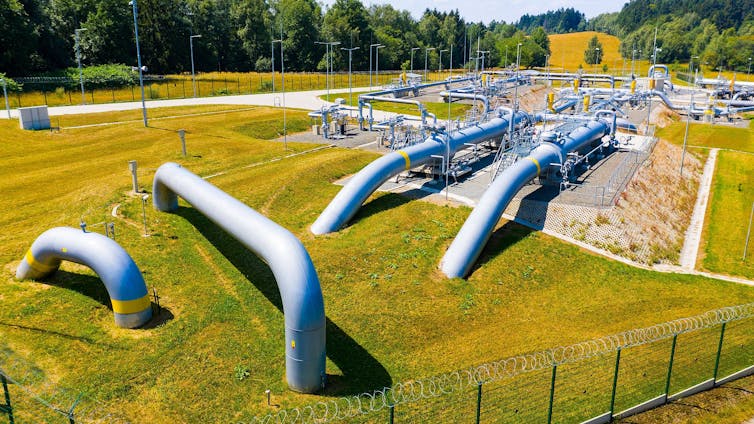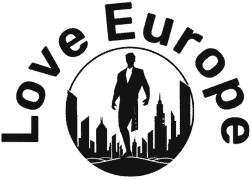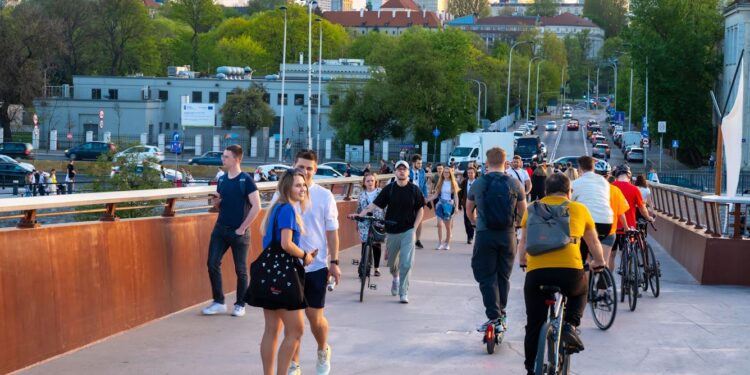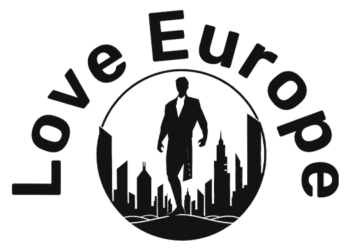Polish soldiers drive K9 Thunder self-propelled howitzers on Wislostrada in central Warsaw during a military parade on Polish Army Day.
(Shutterstock)
In 2023, Warsaw undertook a reform of the Polish army. The aim was to turn the country into Europe’s leading military power, with the largest army in the European Union. The goal: an active army of 300,000 soldiers by 2035. According to NATO estimates for 2024, Poland’s active forces have 216,000 soldiers, making it NATO’s third-largest army after the U.S. and Turkey.
Until 2022, the Polish army was smaller than those of France and Germany, but Poland now leads both France (204,700 soldiers) and Germany (185,600 soldiers). This represents a significant reversal.
Stagnation, instability in France and Germany
Recent elections in France, both European and legislative, show the rise of radical political forces on both the left and the right.
This is creating uncertainty about France’s future and political direction and illustrates a weariness with President Emmanuel Macron, who has been in power since 2017. Public finances and, above all, public debt, has added to this uncertainty.

The Russian Nord Stream pipeline directly supplied Germany with natural gas before the Russian invasion of Ukraine.
(Shutterstock)
Germany, Europe’s economic powerhouse of recent decades, is also slowing down. Economic growth is currently almost non-existent: in 2023, Germany experienced a recession with a 0.3 per cent drop in GDP. Based on European Commission figures, growth is expected to be 0.1 per cent in 2024 and one per cent in 2025.
This situation is the result of a number of factors. One is dependence on Russian gas supplies, which provided German industries with cheaper energy. The conflict in Ukraine has put an end to this supply source (at least in terms of direct trade) and has had an impact on economic productivity.
By 2023, 52.3 per cent of German electricity consumption will come from renewable sources. However, this is not enough to meet the energy needs of industry.
Weaknesses to overcome
But the weaknesses of France and Germany in no way erase those of Poland.
Politically, the country is polarized between the centrist Civic Coalition of Prime Minister Donald Tusk and the conservative Law and Justice party of former Polish leader Jarosław Kaczyński. Both parties agree, however, on the goal of making Poland a new regional power that would be capable of taking on Russia and playing a role in European affairs.
Poland’s main weakness is its dependence on subsidies from the European Union. Along with Hungary, the country is the main beneficiary of the European Union’s budget. This situation reduces Poland’s ability to pursue policies independently and shows that its economy is still dependent on western Europe.

Donald Trump, then President of the United States, met Donald Tusk in 2017, when the latter was President of the European Council.
(Shutterstock)
It remains to be seen how U.S. president-elect Donald Trump’s second administration will influence this Polish development. The more isolationist and less pro-Ukraine turn of American Republicans under Trump could push Poland to accelerate rearmament to offset the risk of a drop in American military support.
Source link : http://www.bing.com/news/apiclick.aspx?ref=FexRss&aid=&tid=674e9c15ce48432f9712a70d383ba8d0&url=https%3A%2F%2Ftheconversation.com%2Fin-a-sluggish-europe-poland-stands-out-and-is-aiming-to-become-a-key-player-244582&c=8759864046614857836&mkt=en-us
Author :
Publish date : 2024-12-02 05:14:00
Copyright for syndicated content belongs to the linked Source.


